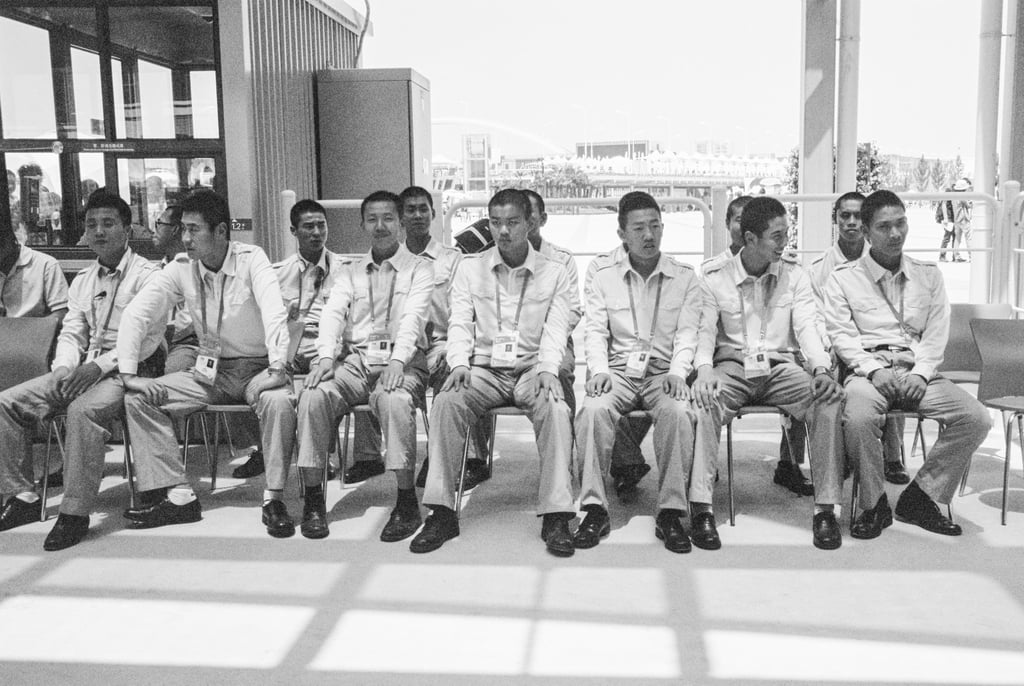
I hadn’t planned on watching the Oculus Connect 3 keynote — but half way through my lunch, when the live stream turned up on Facebook, I was hooked.
Until now, VR has been mainly about games. Whether a Rift, Vive or a Playstation — VR devices were basically just immersive gaming consoles for your head. Mark Zuckerberg’s demo today at OC3, however, revealed an important shift in the future of the platform. Namely, the first emergence of digital human beings.
‘People First’ was Zuckerberg’s keynote theme. And it was not the first time he has used the phrase, either. Last year at the F8 conference he referenced it as a plea for developers to help Facebook create a safer place for users, giving people more control over their experiences. This time, however, he wanted to use it as a focus for the design of those experiences. ‘We’re here to make virtual reality the next major computing platform,’ he said. ‘We really want our software to be built with people at the center of it.’
Generally, when people talk about customer centricity, they just mean making customers happy. For Zuckerberg, ’people first’, means something different. In his view, it is understanding how humans think and do things, that will make VR actually compelling.
Watch the demo for yourself.
When Mark and his colleagues start interacting in VR, it is not only the rendering of real time facial expressions, head and hand movements that is impressive — what stands out are the seamless transitions between collaboration modes and virtual environments. This seamlessness is core to Zuckerberg’s vision of how we will interact in the future.
Think about it. At present, if you want to work on something with a group of people, you need to toggle between a variety of apps and devices — whether it be a chat platform, a video call or your document screen. The interface is the focus, not the activity.
In Zuckerberg’s view, virtual reality is the perfect platform to put people first because of presence. You can do more things together virtually, than you would if every experience was its own app that you had to access separately. It was an understated but significant moment when Mark took a video call during the demo from his wife Priscilla, simply by looking down and tapping at a virtual wrist device, tied to the positional location of the Touch controllers.
The mobile of the future will not be a physical device, but simply a virtual construct.
The potential of mixed reality was something explored at further length by Oculus Chief Scientist, Michael Abrash. Discussing the future of VR in 2021, he outlined his vision of ’Augmented VR’, which would accurately render not only real world environments in virtuality, but digital humans too.
In Abrash’s view, the ability to truly work and collaborate in ‘Augmented VR’ was still about five years out — and would require significant advancements in pixel density, field of view and depth of focus. And further, in order to manage all of this with a wireless headset, we would also need what he called ‘foveated rendering’ — more accurate tracking that could efficiently target high resolution information at the fovea in the eye.
Back in 2007 when I was writing my first book, ‘Futuretainment’, I interviewed Philip Rosedale, the founder of Second Life. One of the things he said to me at the time always stuck with me. Never underestimate toys, he said. At some point, toys become tools.
Games are interesting, but as the VR wars heat up, those toys will also transform. And when they do, it will be Facebook’s mastery of the social graph that may enable it to re-invent not just the way we entertain ourselves, but the platforms on which we communicate, collaborate and co-ordinate as well.

